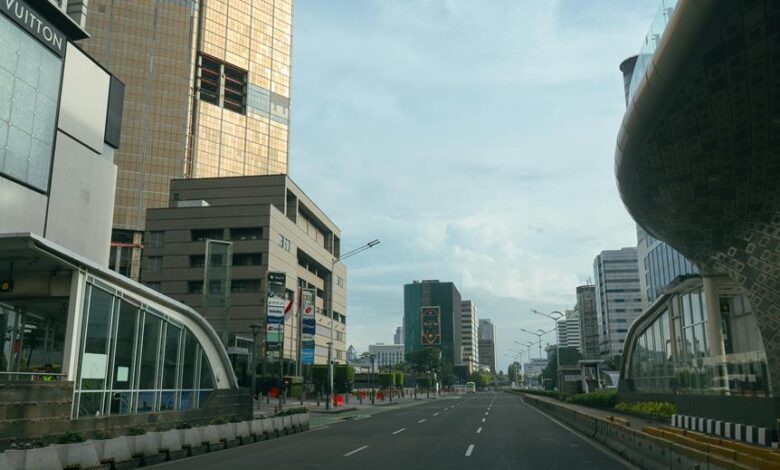Why Is CBD So Expensive? Understanding the Cost Factors

The pricing of CBD products often raises questions among consumers and industry observers alike. Various cost factors contribute to the overall expense, including the nuances of cultivation, extraction methods, and regulatory challenges that differ by region. For instance, the choice of organic farming practices can significantly impact labor and operational costs, while extraction techniques necessary for product quality further inflate prices. As the market evolves, understanding these complexities becomes crucial for informed decisions. Yet, one must consider how these elements interplay with market demand and the implications for future pricing trends.
Cultivation Costs
Cultivation costs for CBD can vary significantly based on factors such as geographic location, cultivation methods, and scale of operation, necessitating a thorough analysis of each component involved in the process.
Organic farming practices often elevate labor expenses due to the meticulous care required, impacting overall cost structures.
Understanding these variables is essential for producers aiming to optimize profitability while adhering to sustainable practices.
Extraction Methods
The extraction methods employed in CBD production play a crucial role in determining the quality, potency, and cost-effectiveness of the final product.
Various techniques offer distinct advantages and challenges related to efficiency, scalability, and purity.
Supercritical extraction, known for its high purity and yield, contrasts with solvent extraction, which is often more economical but may compromise product integrity.
Regulatory Challenges
What regulatory challenges do producers face in the rapidly evolving landscape of CBD, where inconsistent policies and varying state-level regulations create significant hurdles for compliance and market access?
Compliance requirements often differ widely, complicating adherence to testing standards and increasing operational costs.
Additionally, the lack of federal guidelines exacerbates uncertainty, leaving producers to navigate a complex regulatory environment that directly impacts pricing and availability.
Market Demand Factors
Market demand for CBD products is influenced by a combination of consumer preferences, health trends, and the evolving perception of hemp-derived products, all of which contribute to fluctuating prices and availability in the marketplace.
Increasing consumer awareness regarding product quality drives demand, leading to heightened competition among brands.
This dynamic fosters innovation but also elevates costs, ultimately affecting the end price for consumers seeking quality CBD offerings.
Conclusion
In conclusion, the high cost of CBD products can be attributed to a confluence of factors, including cultivation expenses, sophisticated extraction techniques, and stringent regulatory challenges.
Each element interrelates, illustrating how geographic variations and organic practices elevate labor costs, while the complexity of extraction processes ensures product quality.
Simultaneously, increasing market demand compounds these financial burdens, driving prices further upward.
Collectively, these factors highlight the intricate dynamics that render quality CBD offerings a premium investment.




